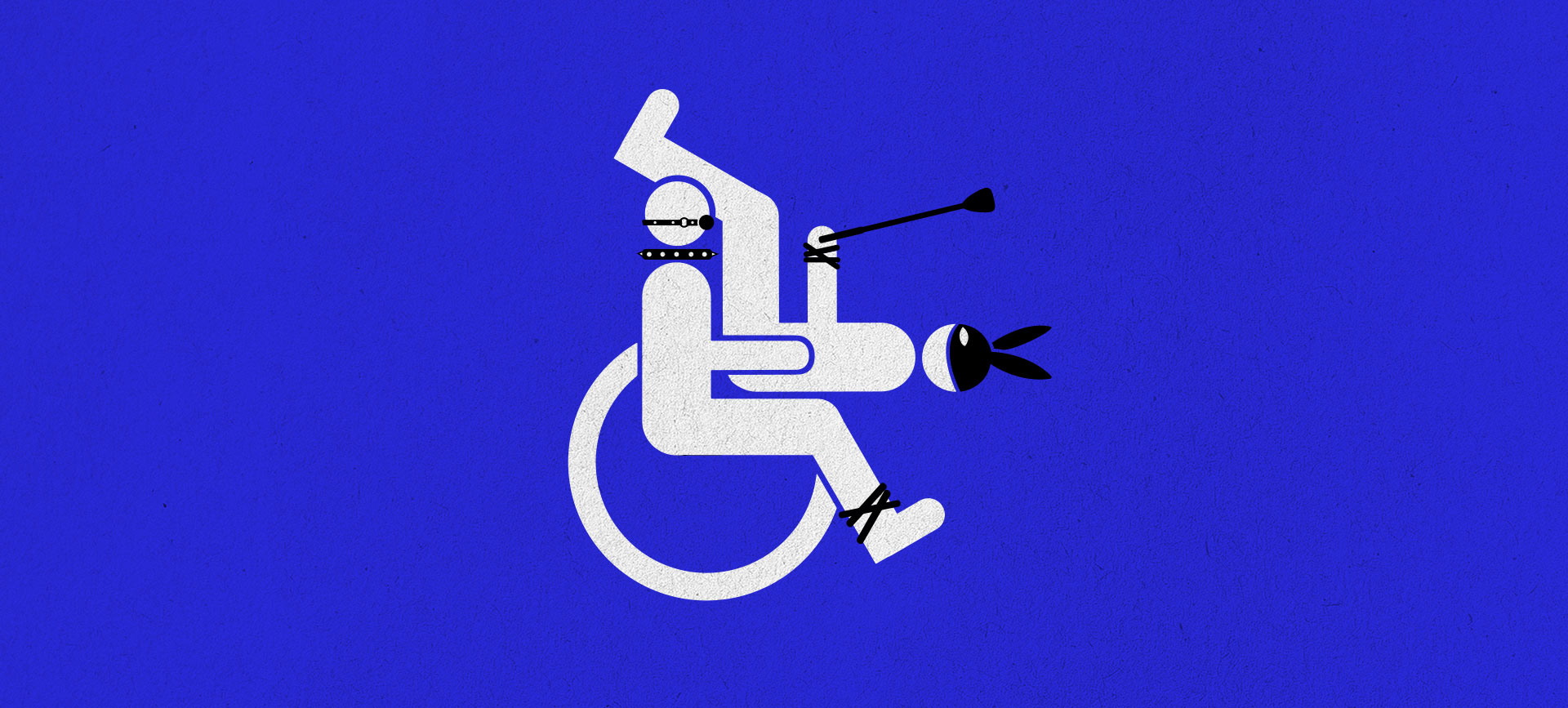Experimentation in the bedroom keeps pleasure thrumming and relationships thriving. Rope play, for example, can provide euphoric results. Bondage requires a few adjustments, however, for disabled people.
Despite misconceptions fed by society and media, disabled people are sexual beings and many are kinky, too. Hedonistic delights connect them with their raw desires to explore new heights of gratification—and they should offer equal opportunities for all.
Venturing into a new area of sexuality is always a little daunting. Bondage could be a thrilling option for the 61 million disabled adults in the United States, yet some people may feel they can't experiment with it safely. However, kink is a game with adaptable options for every player imaginable.











